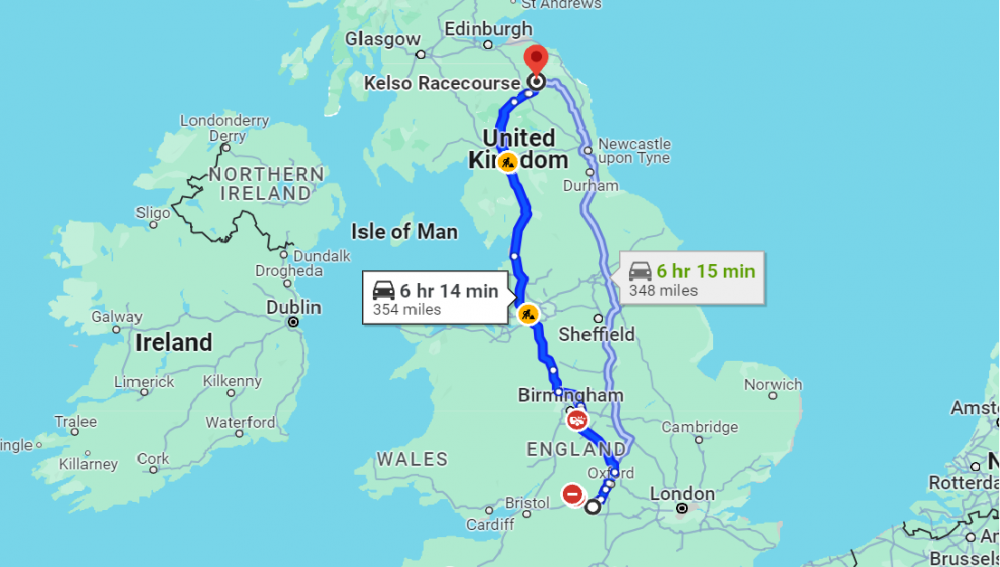
Guide To Laying Horses
Guide To Laying Horses
- Be the bookmaker and ‘lay’ (bet against) a selection
- All losing layers must pay a liability larger than your standard stake
- Prices are reversed so 5/1 to win becomes 1/5 for the layer (instead of risking £10 to win £50 profit, you risk £50 to win £10 profit)
- Can you find those deceptive favourites?
What is laying?
Have you ever struggled to put your finger on the winner of a race but felt sure enough to draw a line through those that won’t be victorious? If the answer to this question is yes, maybe lay betting is for you.
Laying is just that, betting that something won’t happen. You might choose to bet against Shutthefrontdoor finishing first in this season’s Grand National, Chelsea picking up this year’s FA Cup or that down-on-his-luck, happy-go-lucky ‘comedian’ winning Celebrity Big Brother.
Why choose lay betting?
There is something to be said for this method of betting. It is unarguably easier to predict who isn’t going to win than who is and, in most cases, the odds will also be stacked in your favour. As a result, however, only exchanges will offer this betting option.
When laying a bet you are essentially rooting for the remainder of the field, so if you lay a horse in a race of eight participants, you have seven chances of seeing your money back and one that sees you lose your ‘liability’. This term will be explained in the ‘How laying works’ section of this article.
Laying can also be extremely profitable, especially if you can successfully identify which of a meeting’s favourites look precarious. Indeed, most layers will look to take on the favourite as, whilst it seems the riskiest selection with most other punters backing it to win, it also can be where the most value is picked up. It is worth remembering that, on average, for every one winning favourite there’s another two that fail to justify their position as market leaders. Whilst this isn’t a bad strike rate, there’s certainly potential for layers to capitalise.
How laying works
When you lay, you take on a role similar to that of a bookmaker and this means that you could end up losing a lot more than when placing a traditional ‘to win’ bet. This is because each time you incorrectly bet against a selection you must pay a liability.
This liability amounts to the profit the backer will earn. If a backer backs a 3/1 shot with £10, they risk £10 to win £30 profit. So, as opposed to just losing your £10 stake when backing the horse to win (and it failing to), laying a horse offering odds of 3/1 and it winning the race would lose you a total of £30 (3 * £10). If it didn’t win the race, you’d get to keep the backers’ £10 stake (and obviously get your liability back!). Lay a selection for £10 at 6/1 (effectively 1/6 odds for yourself) and potentially lose a massive £60 in total (or 6 * £10). Again, if the horse fails to win you’ll win just £10. Exchanges will not transact a lay bet unless the punter has enough in their account to cover this potential loss.
The laying prices on offer should always be the reverse of those being picked up by the backer; laying a horse at 3/1 becomes 1/3 to the layer and laying a horse at 5/1 is 1/5 to name but two examples.
Laying – In practice
Let’s take the example of December’s Welsh Grand National. In advance of this race, you lay the joint-favourite Monbeg Dude offering a backer a price of 8/1 for a stake of £10.
If the horse wins the race, your liability is the amount of profit the backer stands to make – £80 (8 * £10). If the horse fails to win, you win the backers’ stake of £10 – no extra.







